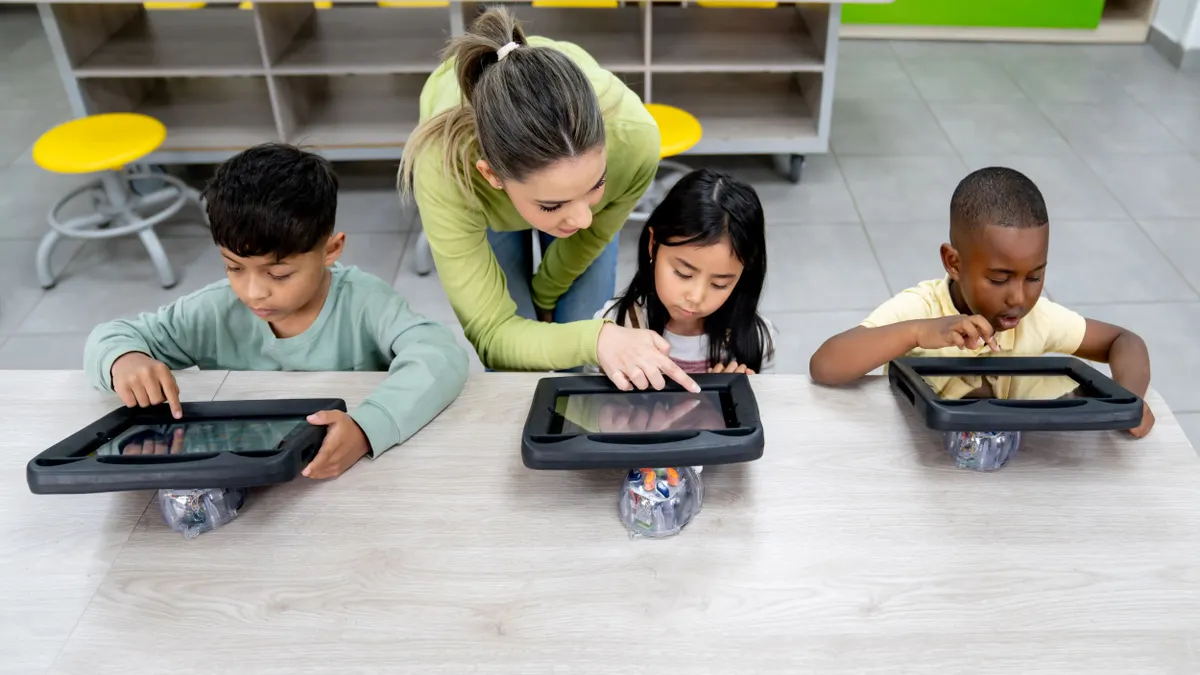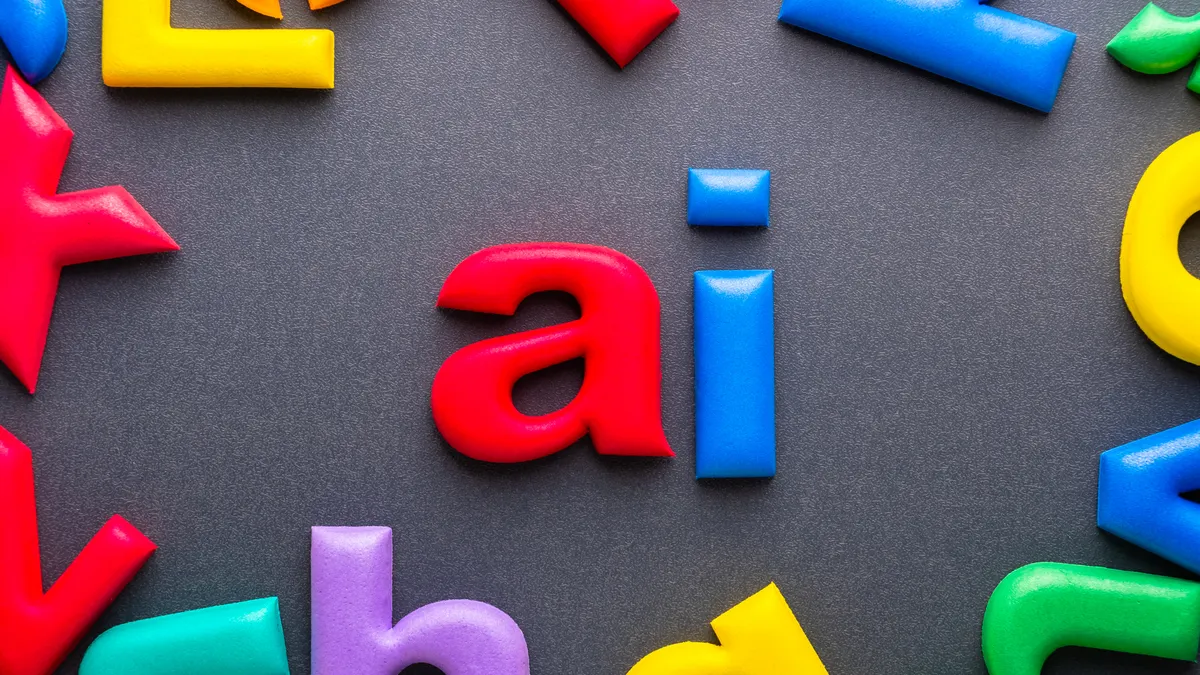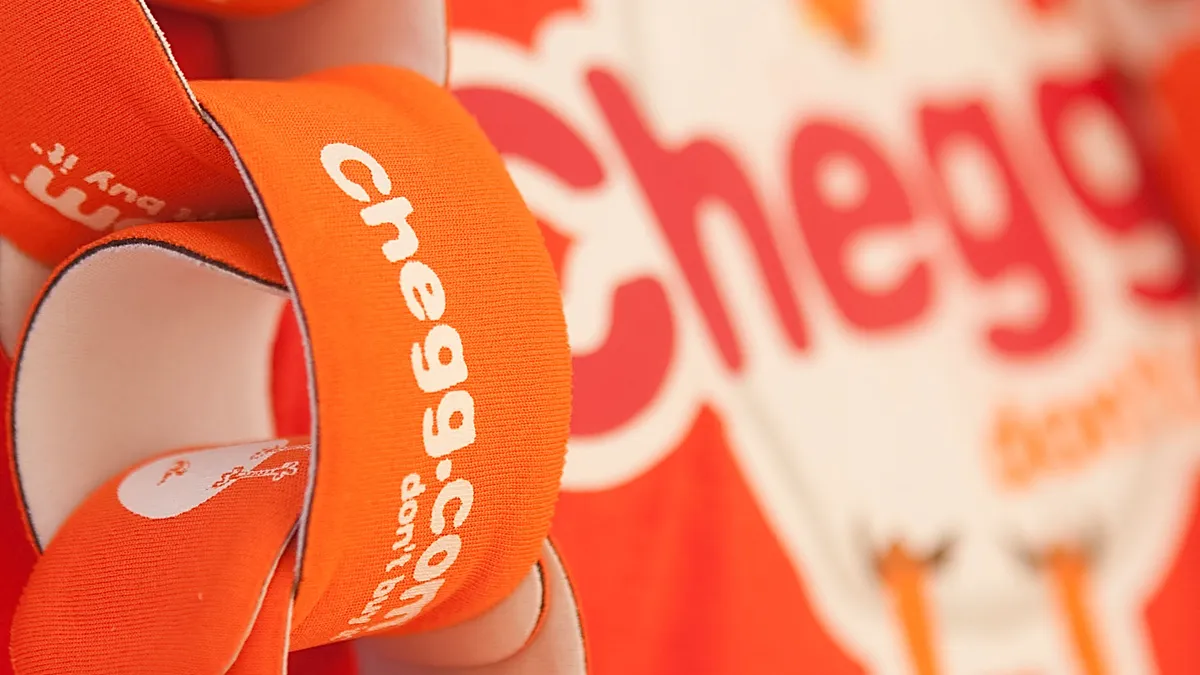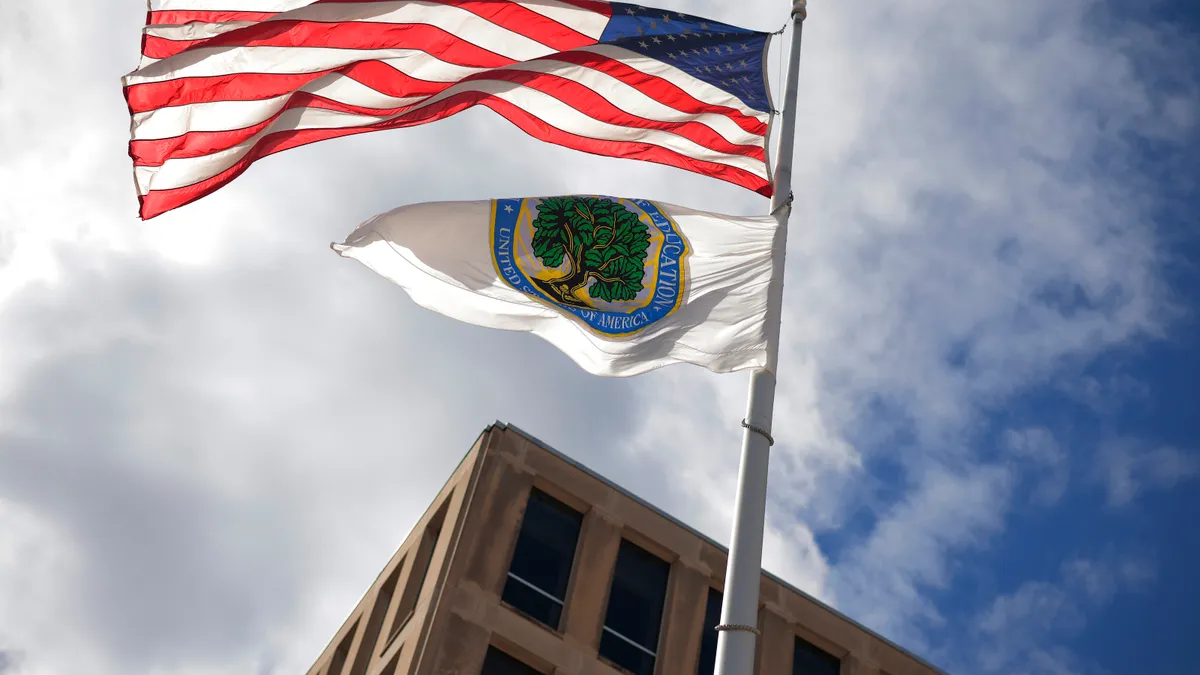Amy Jo Martinez’s 5th-graders were more than willing to sell scented pencils to raise funds for its iFly field trip each spring. The trip — where children get to skydive in an indoor wind tunnel — coincided with the math and science curriculum Martinez taught on velocity, force and motion.
Students spent most of the school year running experiments, including building cardboard rockets and attaching helium balloons to see how they impacted the motion of the rocket. By the time they went on the iFly trip, students had what Martinez called “aha moments,” where they could watch what they learned in class happening in real time before their eyes.
“As a teacher, yes, I have to hit standards, but I want [my students] to love education, I want them to enjoy learning,” Martinez, now instructional coach at Cedars International Academy, a pre-K through 7th-grade school in Austin, Texas, told Education Dive. “And I found this helped them connect science and math to the real world.”
Linking real-world learning to what students study in the classroom is often where they have, as Martinez said, aha moments. Children see what they’ve studied in action, alongside the impact on the larger world around them.
With science, technology, engineering and math (STEM) subjects, real-world learning moments like that can be tricky, particularly when students are studying aeronautics and rocketry. NASA and SpaceX don’t offer field trips into orbit.
Some organizations are eager to bring space and aeronautics lessons to students, both through field trips and well-designed curriculum for K-12 schools.
Pilots needed
The Aircraft Owners and Pilots Association (AOPA) helps high schools build aviation programs on campuses and also provides schools with aviation curriculum. Through its You Can Fly High School Aviation Initiative, schools can get professional development workshops and developed materials for free.
Students interested in pursuing a private pilot certificate can also apply for a flight training scholarship. AOPA has awarded 66 students with $5,000 each in the past three years, Cindy Hasselbring, senior director of AOPA’s High School Aviation Initiative, told Education Dive by email.
The group’s annual High School Aviation STEM Symposium is also open to educators with panels, tours and sessions. This year’s event is set for November 5 and 6 in Louisville, KY, and will have a keynote from Gwynne Shotwell, president and chief operating officer of SpaceX.
While AOPA is dedicated to helping embed STEM lessons into classrooms, they’re also very open about the fact that the You Can Fly program may be steering future pilots into the workforce, as Hasselbring, citing Boeing, said North America will need 206,000 new pilots by 2037 to fly its airplanes.
“This demand for new pilots presents an incredible career opportunity for students,” she said. “While AOPA focuses primarily on pilots and general aviation, it recognizes that aviation is an ecosystem, so it's important for students to go into aviation-related careers — those that build and maintain airplanes in addition to those that fly them.”
Middle school students and younger
While AOPA does offer a youth membership, where students ages 13 to 18 can get information about AOPA online and a subscription to its online magazine, Flight Training, most of its outreach is with high school students.
At iFly, the centers work with kids at the elementary and middle school level as well as high school students, who spend about 2.5 to 3 hours running experiments. Middle schools students, for example, will take multiple items into the wind tunnel, recording their wind speeds and calculating what it would take for them to fly.
Classes are aligned to individual state and Next Generation Science Standards, depending on which center students go to, said Michelle Brumley, STEM educator at iFLY in Houston, Texas, told Education Dive. There are centers in 34 cities across 16 states, as well as six different countries including the U.S.
“Our field trip is a 100% learning experience that is tied first to the curriculum,” Brumley said. “The kids may not even notice they’re learning something.”
While students focus on STEM work during the field trip, they also get to don flight suits and fly in the wind tunnel. The iFly experience, however, does come with a price tag, starting at $34.95 for each student for one minute of indoor skydiving. Flying longer and at certain heights adds more to the price.
Now promoted to Instructional coach, Martinez said she is not planning to take students to iFly this year. She does, however, hope future teachers at the school will consider taking children again. Cedars International Academy uses project-based learning methods with its elementary school children, and Martinez believes that programs like this helps students see the lessons they learn in class take flight in the real world.
“Every year that we’ve done iFly it deepened their love of science,” she said. “I think that is one of the most important things in education, getting [students] to love what they’re doing.”





 Dive Awards
Dive Awards














